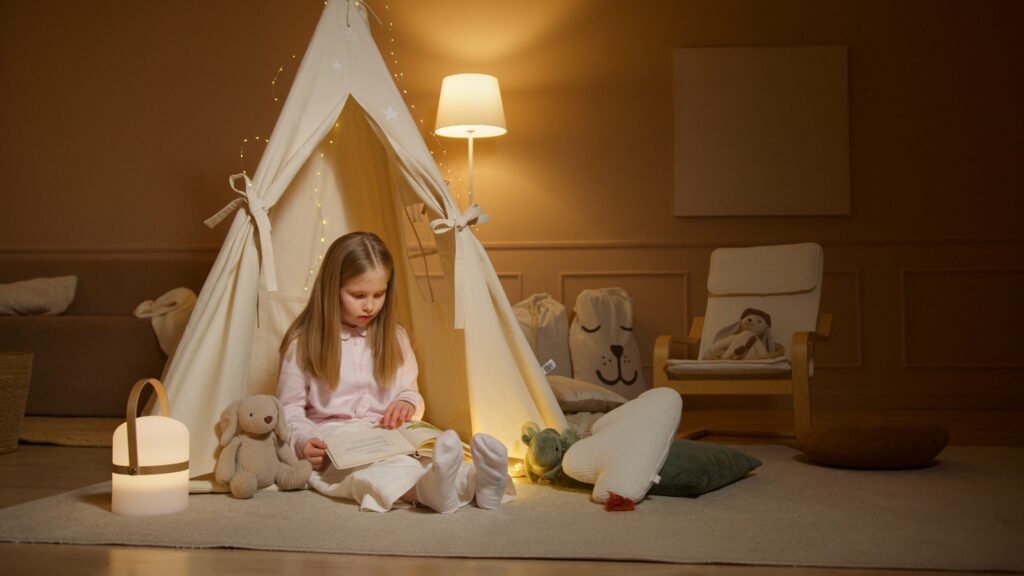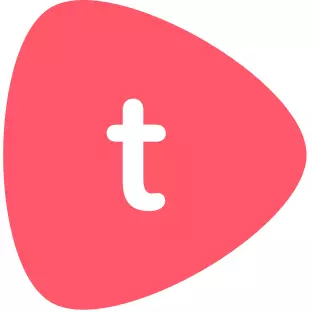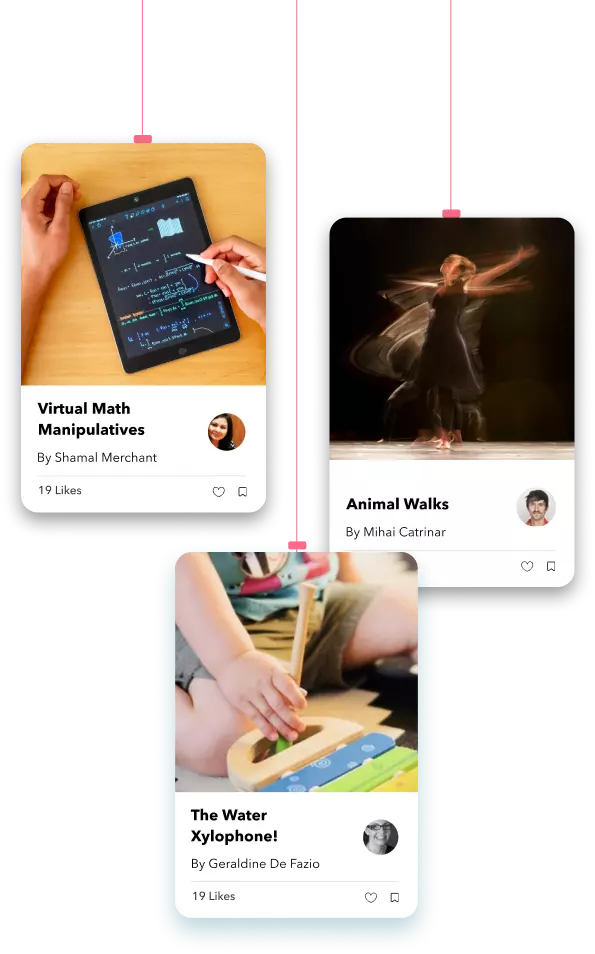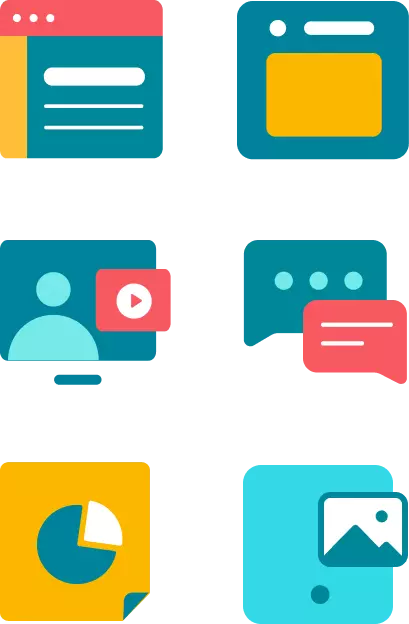Reading is often perceived as something that occurs as the child gets ‘school-ready’ – a way to prepare for formal reading instruction; letter and sound learning, decoding and reading text. But what about reading for pleasure? Recent research highlights the importance of reading to children from a young age, as early as babies! These studies discuss the benefits that range from communication and language skills, understanding the world, and personal, social and emotional development.
Through reading together:
- A bond is formed between the adult and the child
- Language patterns (rhythm, rhyme, and sounds) of a language are heard
- New words or phrases are introduced and become part of daily interactions
- Print awareness and story structure is developed
- Opportunities for discussion are created, as new ideas are explored
- Different perspectives are shared, developing empathy, and understanding
- Curiosity about words, and a love for reading is nurtured
If that’s not enough – reading aloud benefits children’s vocabulary, pronunciation, comprehension, listening skills, reading skills, speaking skills, and critical thinking skills.
What’s NOT to love?!

Stories don’t just need to be read word-for-word; they can be poked, prodded, and teased out!
When sharing a book, try some of the following ways to engage the child as an active participant:
- Play around with expressions: As you put on voices for each of the characters, go high, low, loud, and quiet – this will keep the child listening!
- Add actions: For stories with repeating words and phrases, children can listen for a word, and then do a related action. For babies and younger children, this action could be a tickle, a gesture, or a specific way you touch their body.
- Receptive language: Children around 2-years old are building their receptive language skills. Look for objects on the page that they can point out as you ask, ‘Do you see…’, “Where is…’, ‘Can you find…’
- Add sound: Use voice to create environmental sounds as you beep-beep, moo, and r-r-r-rumble your way through a story.
- What next: By 3 years of age, children are beginning to make predictions. Before you turn the page, invite them to consider what might happen next!
- Let imagination run wild: Play around with story ideas as you create alternative endings together, change the characters, and add dialogue – this is especially helpful for 4-6-year olds whose imagination is starting to flourish.These skills will all be useful when your child starts to write their own narratives.
- Focus on pictures: Pour over illustrations to give additional insights into the story. What can be seen on the page that furthers the story? What do the images tell you about the character’s life? Where can children make connections with their own experiences?
- Picture prompts:Invite the child to tell the story, using the pictures. How does this then resemble what is written in the text?
Stories can be read several times to a child, each time with a different approach. As the child becomes more familiar with the story, you will see an increased confidence as they pick up books. One of my favourite sights is when a child picks up a book and finds a space to get cosy and ‘read’ it by themselves. The gift of reading for pleasure!

Download this poster set to discover ways to read with children at different stages of development.








